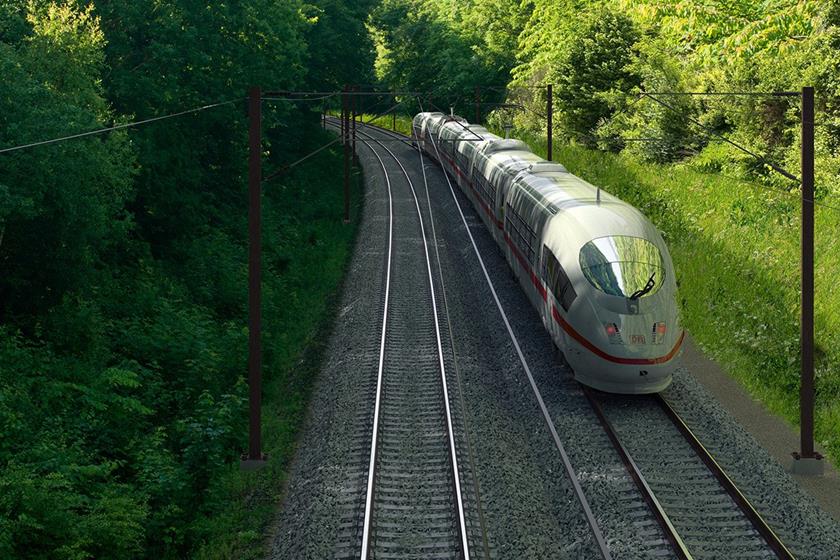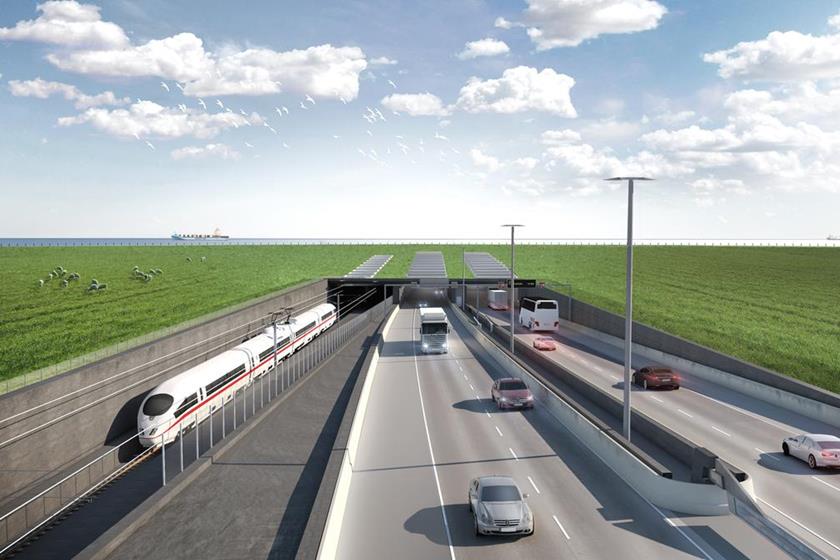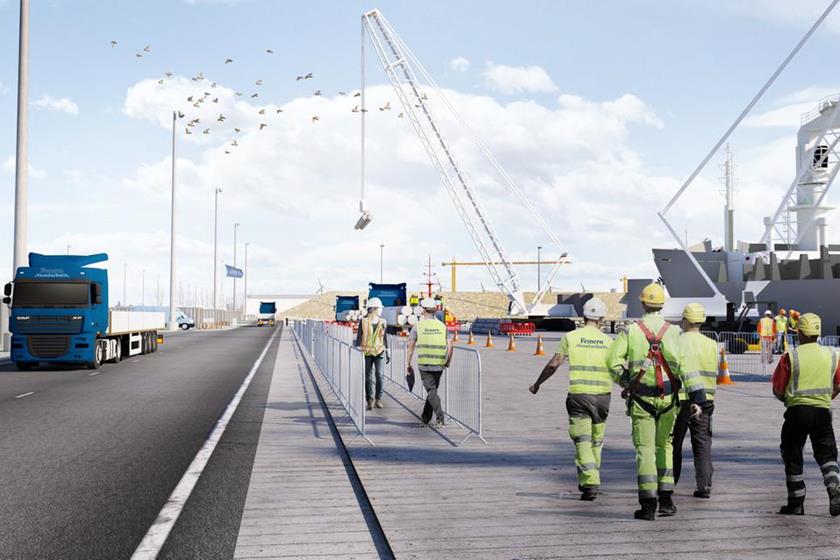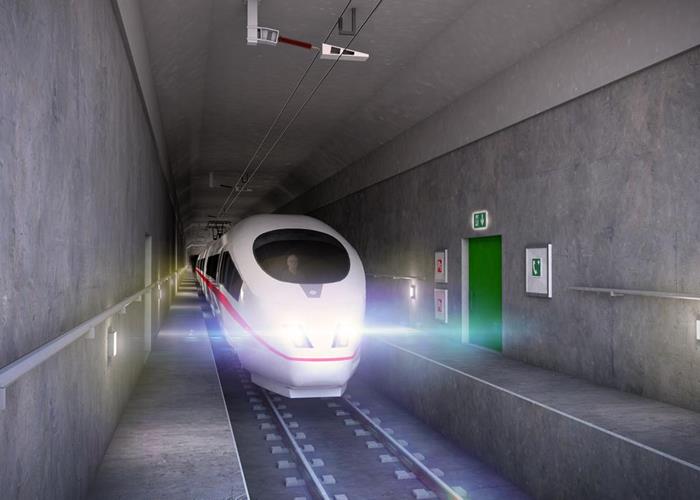The Fehmarnbelt link
The Fehmarnbelt link is part of the Scandinavia-Mediterranean corridor, which runs all the way from the Finnish-Russian border to Valetta in Malta. The corridor is described as very important for the European economy and connects Europe's growth centers from north to south.
Femern gets green light
The Fehmarnbelt link was approved in Denmark through the Danish Parliament’s adoption of the Construction Act in 2015. Approval of the project, including environmental approval, has thus been finalised.
Construction of the Fehmarnbelt tunnel was also approved on the German side.
The approval authority in Schleswig-Holstein (APV-SH) issued plan approval in January 2019. Complaints were raised against the plan approval, which were heard at the Federal Administrative Court in Leipzig. The oral procedure took place in September and October 2020. On 3 November, The Federal Administrative Court dismissed all complaints against plan approval. This means that the highest administrative court in Germany has given the construction of the German part of the Fehmarnbelt tunnel the go-ahead.
In April 2019, the competent authority in Schleswig-Holstein issued a so-called immediate permit for a number of building development activities on Fehmarn, including environmental measures. Some of these activities have already been completed.
Under these conditions, the Fehmarnbelt tunnel is expected to open in 2029.
The State Treaty between Denmark and Germany, which was ratified by the parliaments of both countries, forms the basis of the project.
Fehmarn Landworks
The Fehmarnbelt project does not only consist of an immersed tunnel between Denmark and Germany. As a key element in the project, the railway from Ringsted to Rødby will be upgraded so that freight trains can run on the line and travel time to Hamburg will be shortened. It is a company in Sund & Bælt, which is responsible for establishing land facilities on the Danish side.

Europe's new shortcut
Femern A/S is tasked with the planning, building and operating the fixed link between Denmark and Germany across the Fehmarnbelt. Femern A/S is part of Sund & Bælt Holding A/S, which is 100 per cent owned by the Danish Ministry of Transport.

Status of the project
Work on the Fehmarnbelt tunnel between Rødbyhavn and Puttgarden is progressing. On the Danish side, the main construction phase has begun, and the working harbor at Rødbyhavn will be built first.
The construction site for the Fehmarnbelt tunnel at Rødbyhavn has been prepared, and the establishment of the working harbor at Rødbyhavn on Lolland has begun. The working harbor is being built by the Dutch construction consortium Fehmarn Belt Contractors (FBC), and is expected to be ready by the end of 2021.
In addition, Femern A/S has initiated the contracts with the contractor consortium Femern Link Contractors (FLC) with effect from 1 January 2021. With the activation of the construction contracts with FLC, work on establishing the tunnel element factory and the portal and ramp facility can begin on the Danish side.
The Fehmarnbelt project will be undertaken with the greatest possible respect for nature and the environment. This applies both during the construction work and the operation of the finished tunnel. Negative environmental impacts are avoided or minimized as far as possible.
At the same time, safety in connection with the construction of the Fehmarnbelt link is of great importance.

Facts about the link
- The Fehmarnbelt tunnel will comprise a four lane motorway and two electrified rail tracks.
- The tunnel will consist of 79 individual elements, each 217 metres long, and 10 special elements with a lower floor for the use of the tunnel operation and maintenance equipment.
- A tunnel element weighs 73,000 tonnes. This corresponds to 14,000 elephants.
- The amount of steel used in the tunnel is equivalent to about 50 Eiffel Towers.
- Up to 3,000 people will be directly employed in building the Fehmarnbelt tunnel.
- It will take about 8.5 years to build the Fehmarnbelt link
- It will take ten minutes to travel from Denmark to Germany by car and seven minutes by train.
- Motorists will be able to drive at 110 km/h in the tunnel. Electric trains will be able to go through at 200 km/h.
- The construction budget for the Fehmarnbelt link is DKK 52.6 billion (2015 prices) in the construction law. You can read more about the project's finances here.
- The Fehmarnbelt link will be user-financed. Revenues from the link will repay the loans that financed construction. This is the same model that financed the Storebælt and Øresund links.

Follow the activities of the Fehmarnbelt project
Follow the Fehmarn project, which is constantly evolving and where the focus areas are within
- Business operations and management
- Environment, nature protection and climate
- Safety, health and well-being
- Communication and dialogue